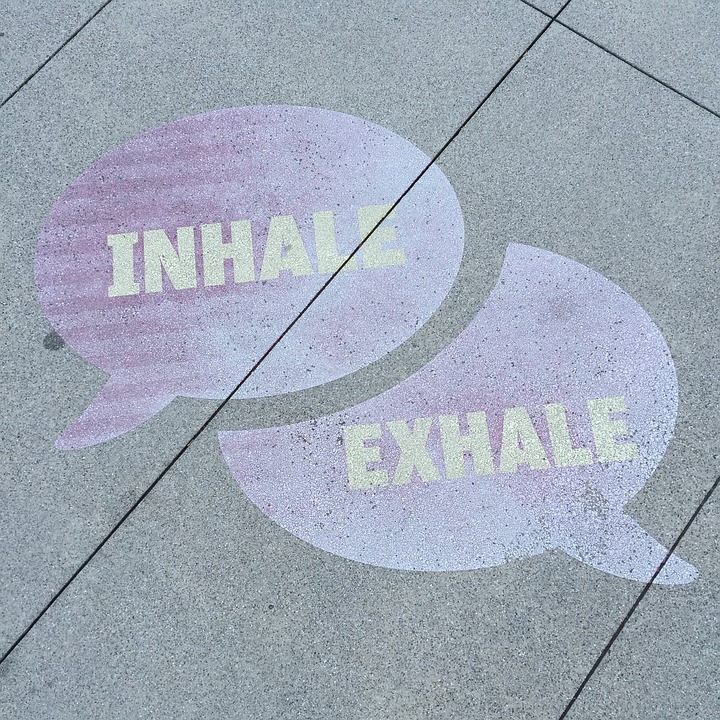Breathe In, Worry Out: How Deep Breathing Can Reduce Stress
Stress is a natural part of life, and we all experience it from time to time. However, chronic stress can have debilitating effects on our physical and mental health. Imagine having a simple, yet effective way to reduce stress and anxiety, without pills or expensive therapy sessions. Breathing is the answer, and specifically, deep breathing.
Also known as diaphragmatic breathing, this technique involves breathing deeply into your lungs using your diaphragm, rather than your shoulders. This type of breathing has a numerous benefits, including:
- Increased oxygenation of the body: Deep breathing allows more oxygen to be absorbed into the bloodstream, which can have a calming effect on the nervous system.
- Reduced cortisol levels: Cortisol is a hormone released in response to stress, and deep breathing has been shown to reduce its levels in the body.
- Calmer nervous system: Deep breathing exercises have been proven to slow down the release of stress hormones, leading to a quieter and more focused mind.
A Simple Technique to Reduce Stress and Anxiety
So, how do you make the most of deep breathing? Simply follow these steps:
- Find a comfortable and quiet space to sit or stand.
- Place one hand on your chest and the other on your stomach.
- Breathe in slowly through your nose, allowing your stomach to rise as you diaphragm descends and your chest remains still.
- Exhale slowly through your mouth, feeling your stomach fall as your diaphragm rises and your chest remains still.
Begin with short sessions of 5-7 minutes and gradually increase as you build endurance. You can practice deep breathing in various situations, such as:
Before a meeting or presentation
During morning meditation
Before bed to relax before sleep
Image: A person peacefully sitting on a mountain, with mist surrounding them, symbolizing clear mind and reduced stress.
Innovative Ways to Incorporate Deep Breathing into Your Daily Routine
- Put a sticky note on your computer monitor that says "Breathe" whenever you feel stressed.
- Practice "Box Breathing" by inhaling for 4 seconds, holding for 4 seconds, exhaling for 4 seconds, and holding again for 4 seconds.
- Try "Alternate Nostril Breathing" by closing your thumb and pinky finger and breathing out of your left nostril before switching to your right nostril.
Frequently Asked Questions
Q: Won’t deep breathing make me snort or sound silly to others?
A: No, in fact, deep breathing is a gradual process that takes practice, allowing you to focus on your breath before worrying about what others think.
Q: Is deep breathing only for stress relief? Is there more to it?
A: Deep breathing has numerous benefits, also improving sleep quality, reducing anxiety levels, and increasing energy levels.
Q: Won’t I feel like falling asleep or become too relaxed?
A: With practice, you’ll start to feel more alert and focused, as breathing deeply allows for increased blood flow to the brain.
Q: Am I doing it right? How will I know I’m doing it correct?
A: With regular practice, your mind will adjust to the sensation of deep breaths, and you’ll start feeling the benefits. You may also feel a gentle "pull-down" sensation in your stomach as the diaphragm descends.
Redeem the power of deep breathing! Incorporate this simple yet impressive technique into your daily routine and experience an astonishing reduction in stress and anxiety, only to discover a calmer mind and a more focused you, worry-free!


